Baby Trend ALLY-35 User Manual
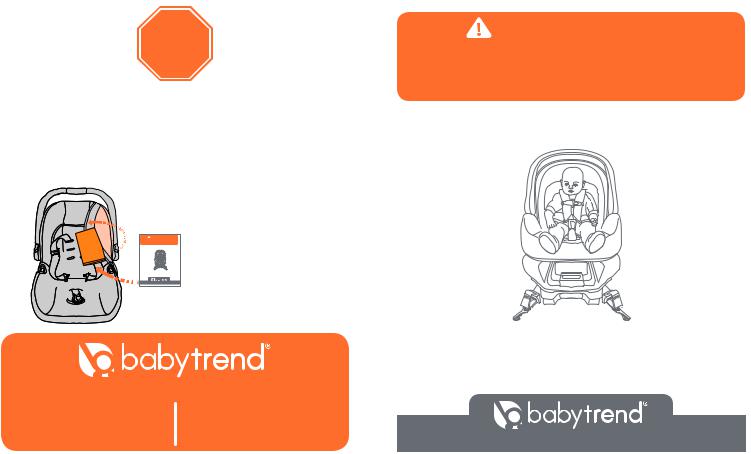
STOP
If you experience any difficulty in using this product, please contact our customer service department at 1-800-328-
7363 between the hours of 8:00am and 4:30pm Pacific Standard Time for assistance. Please have your model number and manufacturing date available when you call. This information can be found on a small sticker on the bottom of the product.
WARNING |
Store this manual in |
|
the pocket provided |
||
Store this the side of the seat. |
||
Carefully read and understand all instructions and |
|
|
warnings in this manual. Failure to properly use |
|
|
this Infant Car Seat incre ases theof riskSERIOUS |
|
|
INJURY or DEATH in a sudden stop or crash. |
|
|
KEEP INSTRUCTIONS FOR FUTURE USE. |
|
|
manual in the pocket provided on |
|
|
|
underneath the |
|
OWNER’S MANUAL |
Car Seat Cover. |
|
ALLIE-35 |
|
|
INFANT CAR SEAT |
|
www.babytrend.com
Baby Trend, Inc. |
1-800-328-7363 |
1607 S. Campus Ave. |
(8:00am ~ 4:30pm PST) |
Ontario, CA 91761 |
www.babytrend.com |
WARNING
Carefully read and understand all instructions and warnings in this manual. Failure to properly use this Infant Car Seat increases the risk of SERIOUS INJURY or DEATH in a sudden stop or crash.
KEEP INSTRUCTIONS FOR FUTURE USE. Store this manual in the pocket provided on the side of the seat.
ALLY™ -35
INFANT CAR SEAT
Child Weight: 4 to 35 lbs (1.82 to 15.8 kg)
Child Height: 32” or less (81.3 cm)
OWNER’S MANUAL
www.babytrend.com
Copyright © 2019, Baby Trend, Inc. |
ALLY_35_030819U |
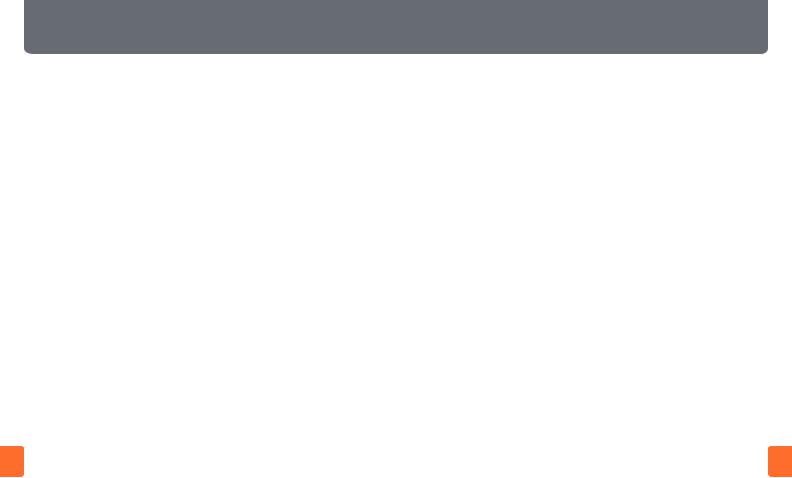
TABLE OF CONTENTS |
|
|
WARNINGS TO ALERT YOU TO POSSIBLE DANGERS................................ |
3 |
|
HOW TO REGISTER YOUR SAFETY SEAT ................................................... |
4 |
|
SAFETY INFORMATION................................................................................... |
5 |
|
3.1 |
About your child ................................................................................... |
5 |
3.2 |
About your vehicle................................................................................ |
6 |
3.3 |
About Active Air Bags........................................................................... |
7 |
3.4 |
About an unoccupied Safety Seat........................................................ |
7 |
3.5 |
About this Safety Seat.......................................................................... |
8 |
3.6 |
About use as a carrier........................................................................... |
9 |
SELECTING THE BEST LOCATION FOR THE SAFETY SEAT.................... |
11 |
|
4.1 |
Overall Considerations in Selecting a Location................................... |
11 |
4.2 |
Check that the Vehicle Seat Meets the Following Requirements....... |
12 |
4.3 |
Check that the Vehicle Seat Belt is Safe to Use................................. |
13 |
SAFETY SEAT FEATURES AND THEIR PROPER USE................................ |
19 |
|
5.1 |
5-Point Harness.................................................................................. |
19 |
5.2 |
Rear View of Model............................................................................ |
20 |
5.3 |
Base................................................................................................... |
21 |
5.4 |
Use of the Safety Seat with the Base................................................. |
23 |
5.5 |
Other Features................................................................................... |
25 |
5.6 |
Operation of the Carry Handle............................................................ |
27 |
5.7 |
Attaching the Canopy......................................................................... |
28 |
5.8 |
Adjustment of the Shoulder Straps..................................................... |
29 |
Low Birth Weight Adjustment....................................................................... |
32 |
|
5.9 |
Low Birth Weight Use......................................................................... |
32 |
TABLE OF CONTENTS
USING INFANT RESTRAINT.......................................................................... |
35 |
|
6.1 |
Securing your Child in the Safety Seat / Carrier................................. |
35 |
6.2 |
For the 5-Point Harness..................................................................... |
38 |
SECURING THE SAFETY SEAT OR BASE IN THE VEHICLE...................... |
39 |
|
7.1 |
Preparation......................................................................................... |
40 |
7.2 |
Installation of the Safety Seat / Vehicle Belt Installation of Base:....... |
41 |
7.3 |
Installation of the Base using LATCH................................................. |
47 |
7.4 |
Setting Proper Recline of the Safety Seat / Base............................... |
50 |
FINAL SAFETY CHECKS......................................................................... |
55 |
|
ADDITIONAL INFORMATION......................................................................... |
56 |
|
9.1 |
Using the Safety Seat in an Airplane.................................................. |
56 |
9.2 |
Using your Baby Trend Safety Seat with a Baby Trend Stroller......... |
56 |
9.3 |
Cleaning and Maintenance................................................................. |
56 |
9.4 |
Replacement Parts............................................................................. |
56 |
9.5 |
Using the Cold Weather Boot.............................................................. |
59 |
9.6 |
Body Support Use............................................................................... |
59 |
9.6 Aircraft Installation............................................................................... |
60 |
|
9.8 |
Warranty............................................................................................. |
60 |
1 |
2 |

1.0 Warnings
WARNINGS TO ALERT YOU TO POSSIBLE DANGERS
The ultimate safety of your child depends on the proper installation of the Safety Seat in your vehicle. Proper installation requires that you read and understand this entire manual and your vehicle’s owner’s manual before placing your child in the Safety Seat. DO NOT allow others to install or use this safety seat unless they completely understand it’s proper use and installation.
Improper use of this Safety Seat can result in death or serious injury from a crash, sharp turn or sudden stop.
Your child’s safety depends on:
1. Choosing the best location within your vehicle for the Safety Seat. Seating positions with Active Air Bags must be avoided.
2. Adjust the harness shoulder strap locations to the appropriate height for your child.
3. Adjust the harness length to be snug around your child.
4. This Safety Seat is only to be used in the rear-facing position.
5. Proper use and routing of the seat belts in your vehicle is essential for proper installation. Not all vehicle seat belts will adequately secure the Safety Seat.
6. Proper recline angle of the Safety Seat is required for maximum
protection of your child.
3
2.0 Registration
HOW TO REGISTER YOUR SAFETY SEAT
Please complete the following information regarding this Safety Seat:
Model Number : _________________
Manufactured in : _________________
Purchase Date : _________________
The model number can be found on a label on the side of the Safety Seat. The manufactured date can be found on a label on the bottom of the seat.
Please fill out the prepaid registration post card attached to the safety harness and mail it today. In addition, we may find a need to update this instruction manual from time to time.
Child restraints could be recalled for safety reasons. You must register this restraint to be reached in a recall. Send your name, address, email address if available, and the restraint’s model number and manufacturing date to Baby Trend, Inc, 1607 S. Campus Avenue, Ontario, CA 91761 or call 1-800-328-7363 or register online at http://www.babytrend.com/registration.html. For recall information, call the U.S. Government’s Vehicle Safety Hotline at 1–888–327–4236 (TTY: 1–800–424– 9153), or go to http://www.NHTSA.gov.
4
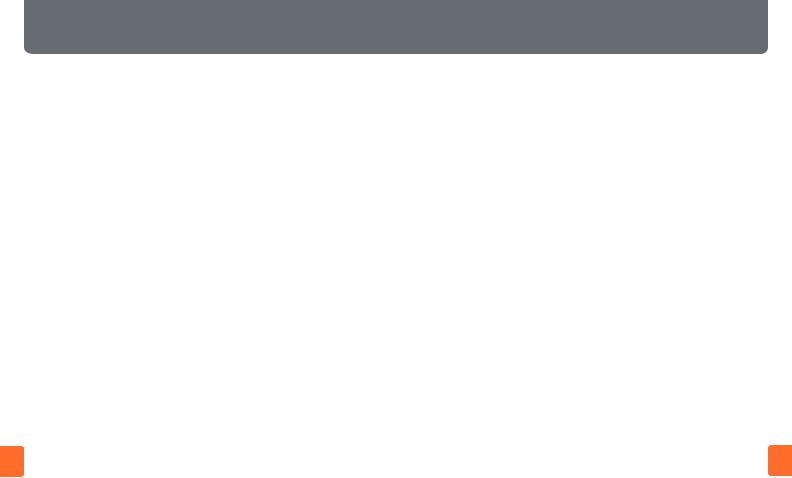
3.0 Safety
SAFETY INFORMATION
3.1 About your child
•This Safety Seat is designed and tested to accommodate a child of a specific range of HEIGHT and WEIGHT. Using the
Safety Seat for a child whose weight or height is outside of these limits will increase the risk of death or serious injury in the event of a crash. Please see the Warning label on the Safety Seat located on the child’s right side for weight and height limits for your model. Also noted on manual cover.
•Special needs children, such as pre-term babies, may suffer difficulties in using this Safety Seat. The angle of recline in this
Safety Seat may not be appropriate for Special Needs babies.
If your child has special needs or any breathing difficulties, please discuss vehicle Safety Seats with your pediatrician, or other competent health care provider, to ensure the safety of your child.
•Use only car seat accessories manufactured by Baby Trend. Accessories can affect your child’s safety in a sudden stop or crash.
•DO NOT modify or attach any toys, padding, or other items to this Safety Seat. Untested modifications or padding could result in injury in a crash.
•Do Not Dress your child in bulky clothing or other garments that will hinder the harness from being snug around your child and
5 |
properly latched between your child’s legs. |
|
3.0 Safety
3.2 About your vehicle
•Proper installation of the Safety Seat in your vehicle and proper securing of your child in the Safety Seat are essential to ensure the safety of your child. Quick turns, sudden stops, or other maneuvers in avoiding a crash, as well as a crash, can injure your child if not properly secured in the seat or if the seat is not properly installed in the vehicle.
•There are many different types of vehicles, seat belt systems, or other occupant restraint systems in use today. Accordingly, this manual can only give guidelines for proper installation in
your vehicle. In addition to this manual, you must also read and understand the vehicle owner’s manual, which should address use of child restraints. If your vehicle owner’s manual does not address the installation of child restraints, please contact your local vehicle dealer, or the vehicle’s manufacturer, to obtain this information before using this Safety Seat.
•Some vehicles do not have any safe location for this Safety Seat to be installed. In addition, many vehicles do not have seat belt systems that will adequately hold this Safety Seat in the required position. Please refer to both this manual and your vehicle owner’s manual for complete information for proper safe installation of this Safety Seat.
•Never combine this Safety Seat or Base with any other Safety Seat or Base from any other manufacturer. If you are in need of an additional Base, please contact your local dealer or Baby Trend, Inc. to obtain one.
•This Safety Seat is certified for use in Motor Vehicles and Aircraft and conforms to all applicable Federal Motor Vehicle
Safety Standards. |
6 |
|
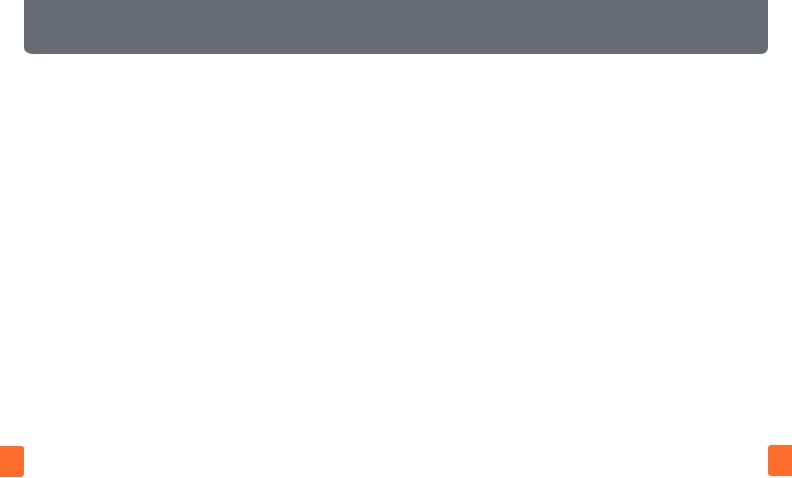
3.0Safety
3.3About Active Air Bags
NEVER PLACE THIS SAFETY SEAT IN A VEHICLE SEATING LOCATION THAT HAS AN ACTIVE AIR BAG. If an Active
Air bag inflates, it can hit the safety seat with great force and cause death or serious injury to your child. Refer to your vehicle owner’s manual for additional information and warnings about Active Air bags, and supplemental restraints, and their proper use with Safety Seats.
3.4 About an unoccupied Safety Seat
•Never leave the Safety Seat or Base unsecured in your vehicle. An unsecured seat or base can fly through the vehicle in the event of a crash, sudden stop or sharp turn and cause serious injury to the driver, who may then loose control of the vehicle, or to passengers. When not in use, either remove the seat and or base from the vehicle or make sure that both are securely belted to the vehicle according to these instructions.
•The Safety Seat may become very hot if left in direct sunlight. Your child may suffer burns from hot plastic components. Always check the seat for hot surfaces that may come into contact with your child before placing your child in the seat. We suggest that you cover the seat with a blanket or towel if it will be subject to direct sunlight while you are away from the vehicle.
3.0 Safety
3.5 About this Safety Seat
•This Safety Seat is constructed of plastic that can deform over time if left with any object in the seat while stored. DO NOT leave heavy objects in the seat while not in use. DO NOT store the seat in the trunk of your car with heavy objects on it or with pressure on the seat from the trunk lid.
•Replace the Safety Seat and Base after an accident of any kind. An accident, even a minor accident, can cause undetectable damage to the Safety Seat or Base that may cause the Seat or Base to fail in a subsequent accident. DO NOT use the safety seat if it is damaged or broken.
•Discontinue use of the Safety Seat and Base after six (6) years from the date of manufacture. The date of manufacture can be found on the label located on the underside of the Safety Seat or Base. When discarding an out of date seat, please ensure that someone finding the seat will be unable to use it.
We suggest that you disable the seat by removing the pad and harness and discarding the pieces at different times.
7 |
8 |
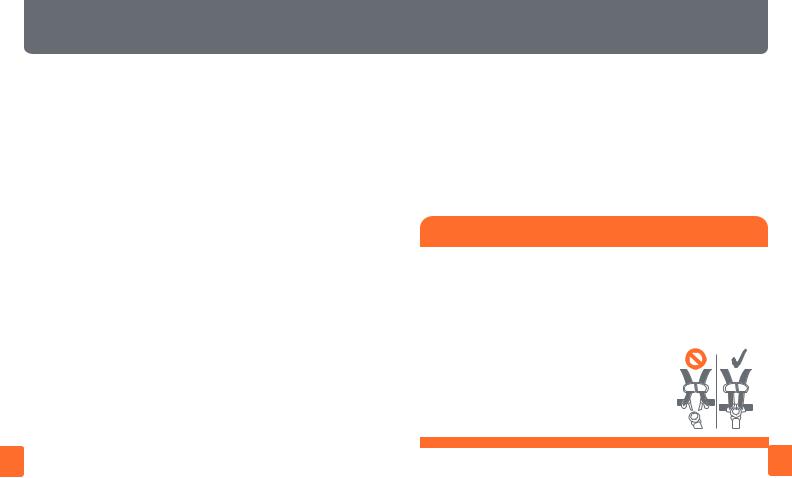
3.0Safety
3.6About use as a carrier
Never Leave Your Child Unattended, even if they are asleep.
Very often when you arrive at your destination you will find that your child has fallen asleep in the Seat. Do not leave the child unattended, even for a minute. Your child can tip or move the carrier by their movements, kicking or grabbing on to their surroundings. If the carrier tips over, your child can suffocate from the surface that the seat is on as well as from the pressure on their chest from the safety harness. In addition, if the carrier
is placed too upright, the child’s head can fall forward and cause the child to have difficulty breathing. To avoid death or serious injury from suffocation, falls and other hazards:
•Always place the carrier on a firm and level surface. Never place the carrier on soft or plush surfaces such as a bed, comforter, couch, sofa, chair, etc. The carrier has a very high possibility of tipping over if placed on a soft or plush surface.
•Fall hazard: Child’s movements can slide carrier. Never place the carrier near the edge of high surfaces such as tables, counter tops, shelves, or other elevated surfaces. To prevent falls, stay within arm’s reach whenever the carrier is not on the floor or ground.
•Child can strangle in loose safety harness straps. Never leave child in carrier when straps are loose or undone. Always use the safety harness as instructed in this manual when the child is in the carrier.
3.0 Safety
• Before lifting the carrier with the handle, check that the handle is firmly locked into position. The carrier will pivot about an unlocked handle and can result in injury to your child.
• Strings and cords can cause strangulation:
- DO NOT place items with string around a child’s neck, such as hood strings, pacifier cords, etc.
- DO NOT suspend strings on or over carrier. - DO NOT attach strings to toys.
- DO NOT place the carrier near a window where cords from
blinds or drapes can strangle a child.
 WARNING
WARNING
•Never leave child unattended.
•SUFFOCATION HAZARD: Infant carrier can roll over on soft surfaces and suffocate child, NEVER place carrier on beds, sofas, or other soft surfaces.
•STRANGULATION HAZARD:
-Child can strangle in loose restraint straps. Never leave child in carrier when straps are loose or undone.
-Children have STRANGLED in loose or partially buckled harness straps. Fully restrain the child even when carrier is used outside the vehicle.
•FALL HAZARD: Child’s activity can move carrier. Never place carrier on counter tops,
tables, or other elevated surface. 

9 |
10 |
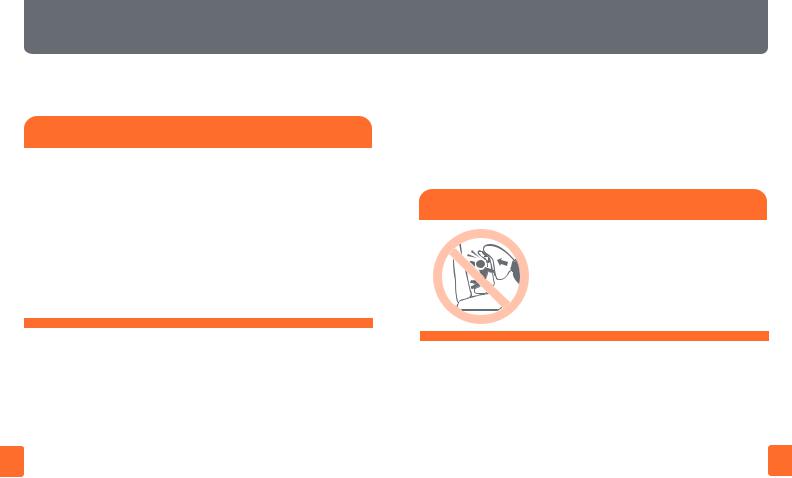
4.0 Location
SELECTING THE BEST LOCATION FOR THE SAFETY SEAT
 WARNING
WARNING
Not every location within an automobile may be safe for the installation of this Safety Seat. In fact, some automobiles have no seating position that is safe for the installation of a safety seat. Improper placement of this Safety Seat within a vehicle will increase the risk of death or serious injury.
Please follow the instructions in this manual and in your vehicle owner’s manual carefully to ensure proper location and installation of this Safety Seat. If you are uncertain about the proper location of the Safety Seat within the vehicle, contact your vehicle manufacturer directly, or through their dealer before using this seat. You are also invited to call Baby Trend at1-800-328-7363 for additional information or assistance.
4.1 Overall Considerations in Selecting a Location
• The rear seating positions have been shown to be statistically safer for children than the front seating position.
• We recommend that you use the center rear seat position as the safest location for the Safety Seat. In addition, whenever possible, have an adult ride in the rear with the child in order to
monitor the child.
11
4.0 Location
•If the driver is the only adult in the vehicle and the child requires constant monitoring, then the forward seating position may be used if there is no passenger side Active Air bag and all of the following requirements are met for this location.
4.2Check that the Vehicle Seat Meets the Following Requirements
 WARNING
WARNING
DO NOT place rear-facing child seat on front seat with air bag.
DEATH OR SERIOUS INJURY can
occur. The back seat is the safest place for children 12 and under.
• Never place this Safety Seat in a vehicle seating location that has an Active Air Bag! Active Air Bags inflate with great force! An inflating active Air Bag can strike a Safety Seat with enough force to cause death or serious injury to your child. If your vehicle is equipped with a front passenger side
Active Air bag, please refer to the vehicle’s owner’s manual for additional information about Active Air bags and child safety
seat installation.
12

4.0Location
•DO NOT place this Safety Seat in any vehicle seat that faces to the rear or to either side of the vehicle (Fig. 13-1 & 13-2).
•DO NOT use this Safety Seat in a vehicle that has a vehicle seat back that does not lock into place. A seat back that folds forward
must have a latch or locking mechanism to
prevent it from flying forward and striking the Fig. 13-1 child in a sudden stop or accident.
•Please review your vehicle owner’s manual to determine the best location for the Safety Seat or to determine if any locations are unsafe for safety seat installation. If you
do not have the vehicle owner’s manual or the owner’s manual does not address
child safety seat installation, please contact
the vehicle manufacturer to obtain this Fig. 13-2 information before using the safety seat.
4.3 Check that the Vehicle Seat Belt is Safe to Use
The Safety Seat is designed to be tightly installed at all times. The vehicle seat belt must be capable of maintaining tight installation at all times. A variety of vehicle seat belt systems have been installed on vehicles that are not safe for use with the Safety Seat. Even newer vehicles can have
4.0 Location
seat belts systems that are not safe for use with the Safety Seat. These systems may look safe but their method of operation precludes their use with the Safety Seat. If you are unsure if the vehicle seat belt is safe for use with the Safety Seat, please contact the vehicle manufacturer for additional information.
 WARNING
WARNING
Carefully analyze the operation of the vehicle safety belts before using the Safety Seat. Being able to thread the vehicle seat belt through the Safety Seat or Base is not an indication that the vehicle seat belt is safe to use. Carefully read this section on seat belt systems, review your vehicle owner’s manual in detail, and heed any and all warning labels on your vehicle’s seat belt. Your vehicle may require a modification or special seat belt in order to be safely used with this Safety Seat. Please see your vehicle dealer for this service.
Seat belt systems that are NOT safe for use with the Safety Seat:
DO NOT use the following types of seat belt systems with the Safety Seat. These belt systems will not hold the Safety Seat securely in place at all times. In addition, the locking clip provided with this product will not make these belt systems safe to use.
13 |
14 |

4.0Location
•DO NOT use a lap belt that stays loose after installed and locks only in a crash or sudden stop. These lap belts utilize an Emergency Locking Retractor and are often found in combination with motorized shoulder belts. Because these belts will allow the Safety Seat to move about on the seat, the chance of the Safety Seat being out of the proper position in a crash is very high. Accordingly, do not use the Safety Seat with this type of Seat Belt system. Please see your vehicle’s dealer or owner’s manual for information on converting this seat belt system to one that is acceptable for use with a Safety Seat (Fig. 15-1).
•DO NOT use a lap/shoulder belt system if the lap belt and shoulder belt each have retractors at one end. This type of seat belt system will not adequately restrain the Safety Seat (Fig. 15-2).
•DO NOT use a seat belt that is connected
to the door in any way. These types of seat belts are designed to automatically surround the occupant when the door is closed. This type of seat belt will NOT adequately restrain the Safety Seat.
(Fig. 15-3).
Fig. 15-1
Fig. 15-2
Fig. 15-3
4.0 Location
• |
DO NOT use a seat belt that is anchored on |
|
|
the seat more than 2 inches forward of the |
|
|
crease between the seat bottom and the |
|
|
seat back. This type of seat belt anchors |
|
|
the Safety Seat too far forward and the |
|
|
Safety Seat will not be safely restrained in |
|
|
the vehicle (Fig. 16-1). |
|
• |
DO NOT use a shoulder belt that moves |
Fig. 16-1 |
|
along a track. These systems typically |
|
|
|
move to surround the occupant when the door is closed. This type of belt system will NOT adequately restrain the Safety Seat. (Fig. 16-2).
If you have any of the above seat belt |
|
|
systems, DO NOT use it to secure the Safety |
|
|
Seat in the vehicle. Look in the vehicle for a |
Fig. 16-2 |
|
location that has a more suitable seat belt |
||
|
||
system as described in the section following. |
|
|
You may also contact your vehicle’s |
|
|
manufacturer to inquire about installing a |
|
|
seat belt system that is adequate to restrain |
|
|
a Safety Seat. |
|
15 |
16 |

4.0 Location
Seat belt systems that are Adequate for use with the Safety
Seat:
The following seat belt systems can be used with the Safety Seat provided, that all of the other requirements prescribed in these instructions, including seat position, and all instructions provided by your vehicle’s owner’s manual are followed.
•A lap belt that is manually adjusted and will remain tight while the vehicle is in motion is suitable for use with the Safety Seat. Pulling the belt through the buckle after the buckle is fastened tightens this type of seat belt. The center rear seat belt is most often this type of
seat belt (Fig. 17-1). |
Fig. 17-1 |
|
•A lap belt that cannot be lengthened once it is fastened is suitable for use with the Safety Seat. These seat belts often have an automatic locking retractor that will allow the belt to be lengthened but once fastened, must be unbuckled and allowed to retract fully before allowing the belt to be lengthened again (Fig. 17-2).
• A lap/shoulder combination seat belt with a |
Fig. 17-2 |
latch plate that locks the lap belt into position is suitable for use with the Safety Seat. Once this type of seat belt is fastened, the latch plate prevents the lap belt from loosening.
4.0 Location
This combination seat belt does not require a locking clip (Fig. 18-1).
• A lap/shoulder combination belt system |
Fig. 18-1 |
with a latch plate that can slide freely along |
|
the belt is suitable for use with the Safety |
|
Seat if it includes a lockable retractor or if |
|
a locking clip is used to secure the lap belt |
|
into position and prevent loosening. Use the |
|
locking clip provided with the Safety Seat as |
|
instructed on page 43. Please refer to your |
|
vehicle’s owner’s manual for additional |
|
information on locking this style of seat |
|
belt. This style of belt must be locked to |
Fig. 18-2 |
prevent movement of the Safety Seat |
(Fig. 18-2 & 18-3).
Fig. 18-3
17 |
18 |
